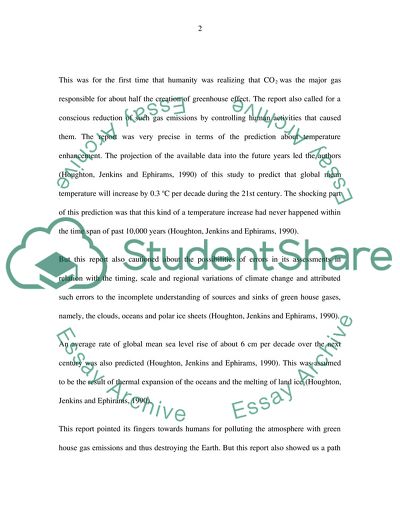Cite this document
(Analysis of Articles about Climate Change Literature review, n.d.)
Analysis of Articles about Climate Change Literature review. https://studentshare.org/environmental-studies/1733267-climate-change
Analysis of Articles about Climate Change Literature review. https://studentshare.org/environmental-studies/1733267-climate-change
(Analysis of Articles about Climate Change Literature Review)
Analysis of Articles about Climate Change Literature Review. https://studentshare.org/environmental-studies/1733267-climate-change.
Analysis of Articles about Climate Change Literature Review. https://studentshare.org/environmental-studies/1733267-climate-change.
“Analysis of Articles about Climate Change Literature Review”. https://studentshare.org/environmental-studies/1733267-climate-change.


